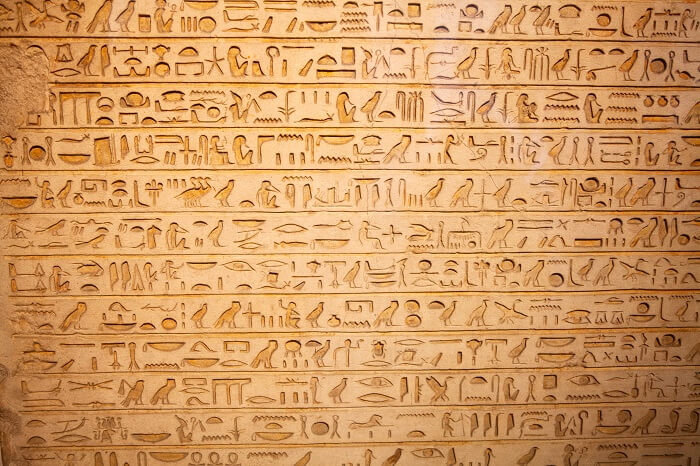The story of Middle East writing is a captivating journey through time, revealing how some of the earliest forms of written communication evolved into the elegant Arabic writing systems we see today. For those learning Arabic language and culture, understanding this history provides valuable context and a deeper appreciation for the script itself, a cornerstone of “Middle Eastern writing”.
The Dawn of Middle East Writing: Ancient Scripts
The Middle East was a fertile ground for the development of writing.
- Cuneiform: Developed in Mesopotamia (modern Iraq), using wedge-shaped impressions.
- Egyptian Hieroglyphics: A pictorial system used in ancient Egypt.
- Phoenician Alphabet: A crucial early consonantal script from the Levant.
- Aramaic Script: An influential script used widely across the ancient Middle East.
The Evolution of Arabic Writing Systems
The Arabic writing systems emerged from these ancient roots.
- Nabataean Aramaic: Considered the direct precursor to the Arabic script.
- Early Arabic Scripts: Less standardized forms found in pre-Islamic Arabia.
- Standardization with the Quran: The need to record the Quran led to the refinement of the script, including the early Kufic style.
- The Rise of Naskh: The cursive and more legible Naskh script became the dominant form for writing.
Key Characteristics of Arabic Writing Systems
The Arabic writing systems have unique features.
- Written from right to left.
- Primarily a consonantal alphabet (abjad), with vowels often indicated by diacritics.
- Letters connect cursively, with shapes varying by position in a word.
- Consists of 28 basic letters.
- Has influenced other writing systems in the region.
The Enduring Significance of Writing in Middle Eastern Culture
Writing has always been deeply important in the Middle East.
- Enabled the preservation and transmission of knowledge across various fields.
- The Arabic script holds sacred status as the script of the Quran, leading to the art of calligraphy.
- Facilitated a rich literary tradition of poetry and prose.
- Served essential administrative functions for empires and states.
Conclusion: A Legacy Etched in Script
The history of Middle East writing culminates in the enduring beauty and functionality of the Arabic writing systems. For learners of Arabic language and culture, understanding this journey connects them to a profound intellectual and artistic heritage that continues to shape the region.
Ready to explore the elegance of the Arabic script? Download the Kaleela app today and begin your adventure into Arabic language and culture!



